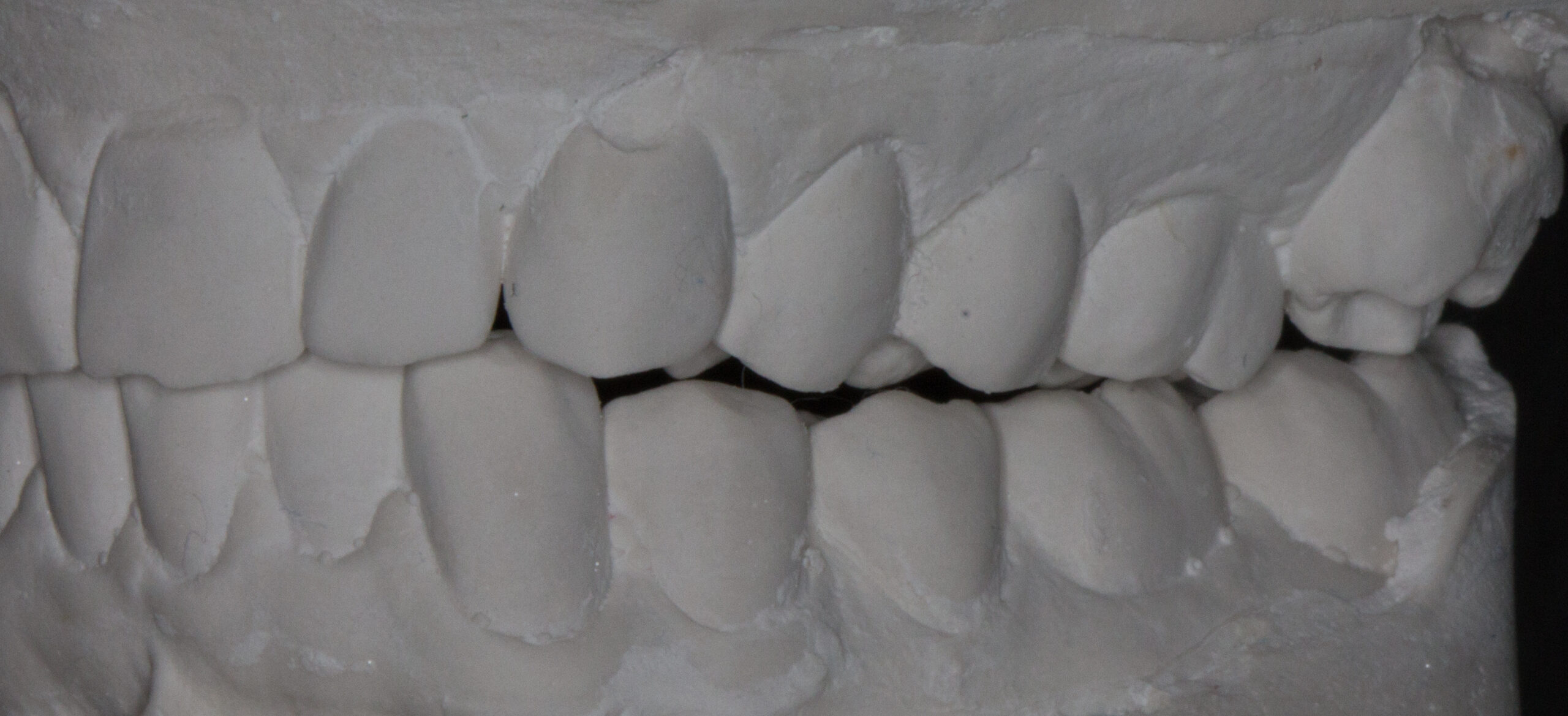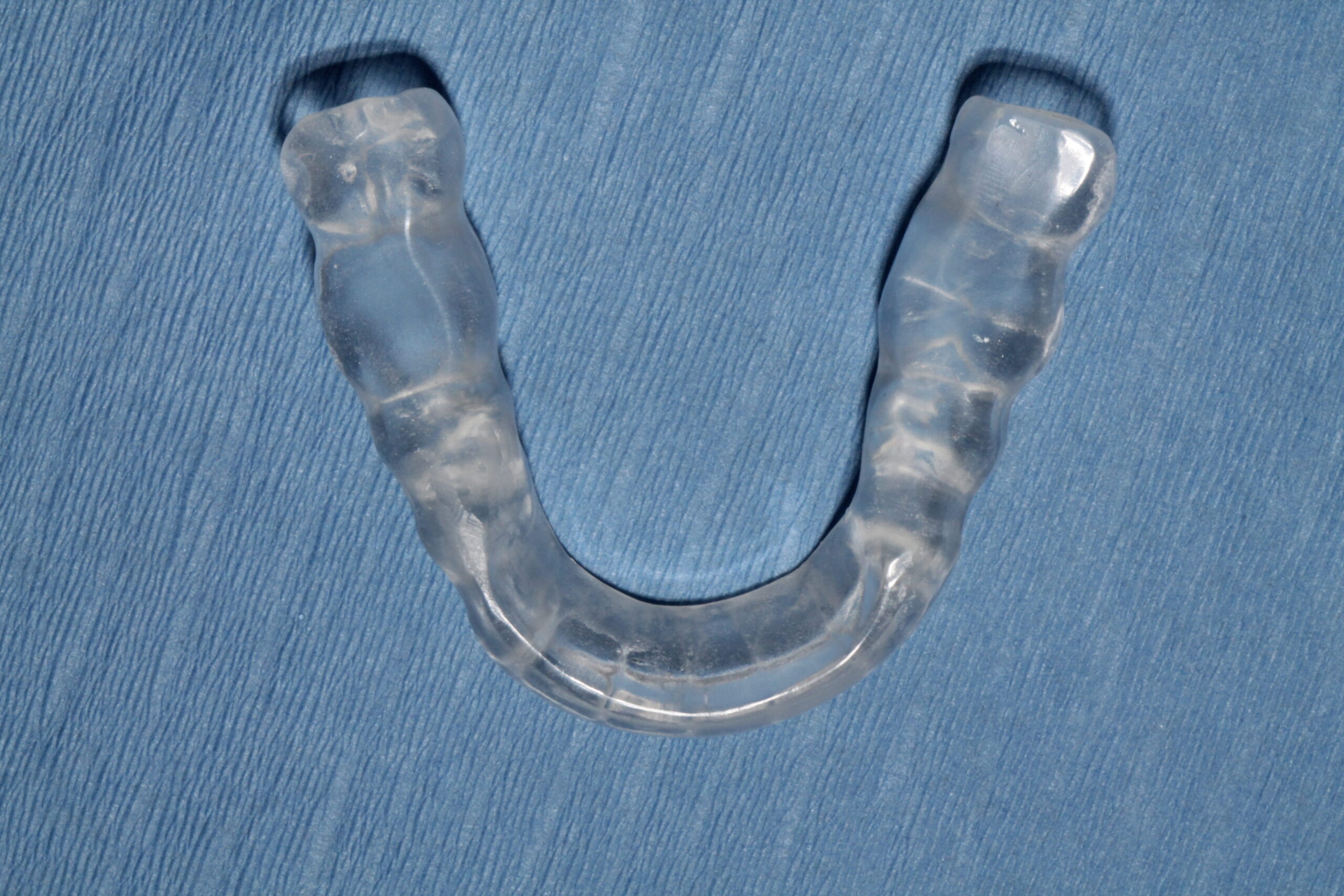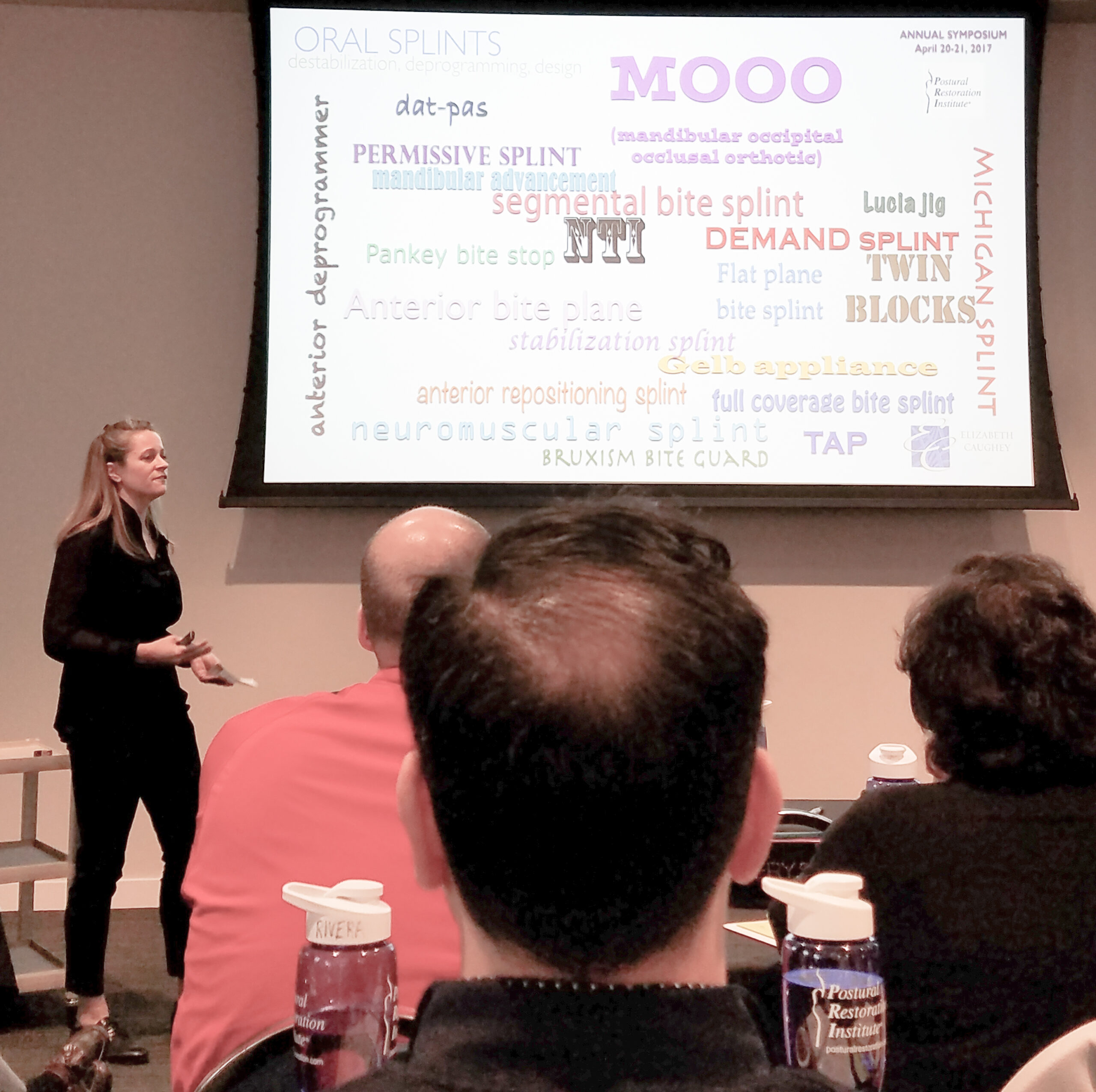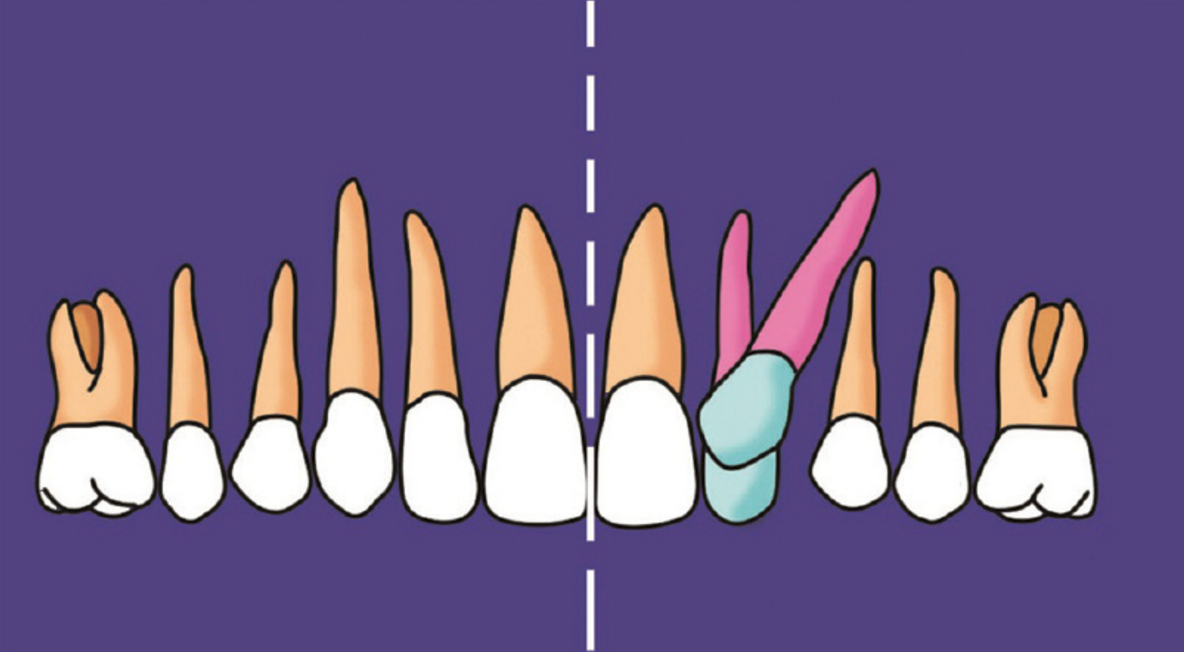It is always a compliment when a patient volunteers to write a testimonial, and here we have just received on about how her bite splint improves her tennis performance. We are so proud of your success, and thoroughly impressed that you would use this experience to write about in your college essay! In the patients’…
Read MoreUsing a splint as a tongue retraining program can be a challenge. Bite splints are indicated for a number of reasons, and one such is a R TMCC pattern with a loss of cervical lordosis. Guiding the patient to have smooth easy protrusive movement over a mandibular splint can create a healthy cervical lordotic curve,…
Read MorePRI (Postural Restoration Institute) featured Dr Caughey’s interview on its website! As a PRI enthusiast, I was overwhelmed with pride to be invited to be invited to speak at the 2017 Annual Interdisclipinary Symposium https://www.posturalrestoration.com/programs-courses/annual-symposium/interdisciplinary-integration – but Wow! What an honor to be recently interviewed by PRI, much less to have the interview featured on their…
Read MoreMaking a splint for a patient with a scissors bite follows the same principles as in most other cases. A scissors bite is also called a buccal cross bite, wherein the maxillary molar is more than halfway across the mandibular molar; the lingual (tongue-side) cusp of the upper molar is touching the buccal (cheek-side) surface…
Read MoreThe idea of wearing a lower bite splint is a challenge for patients with a significant gag reflex, particularly if their gag reflex is stimulated by anything touching the side of the tongue. The Gag Reflex (or pharyngeal reflex) is a hypersensitivity to anything touching the muscles involved with swallowing – the soft palate, the…
Read MoreIt was a complete honor to be asked to lecture about the effect of a splint on a neck at the 2017 PRI annual symposium. While I have been practicing and teaching splint therapy at the Pankey Institute for 10+ years, the exact effect that these dental bite splints has on the neck is not commonly…
Read MoreCanine transposition means the canines are in the position of missing lateral incisors — or in the switched position of upper premolars. This rare but non pathologic variation of tooth position can be challenging to determine how the biting forces should be spread across the teeth. In general, a splint for canine transposition can be managed…
Read MoreI spent the past 2 days in ALF (Advanced Lightwire Functional) appliance training with Dr. Mike Hoefs. Dentistry in America is continuously recognizing new heroes, who have bravely look at the way the teeth are connected to the rest of the body — Dr. Hoefs is one such hero of mine! Wow! The science behind this…
Read MorePatients managing an airway problem with night-time use of a mandibular advancement device may develop a posterior open bite. Attempting to reapproximate the posterior teeth in this occlusal distortion involves mandible retrusion and OA flexion, thus reversing the natural lordosis of the neck. Accurately mounted study models taken after the cervical curvature has been supported…
Read MoreHow lucky am I? My journey learning about dental bite splints began 14 years ago at the Pankey Institute, and I have been honored to teach all about bite splints to other dentists for the past 8 years. In a matter of a few short days, our participants increased their understanding from basic concepts to…
Read More




